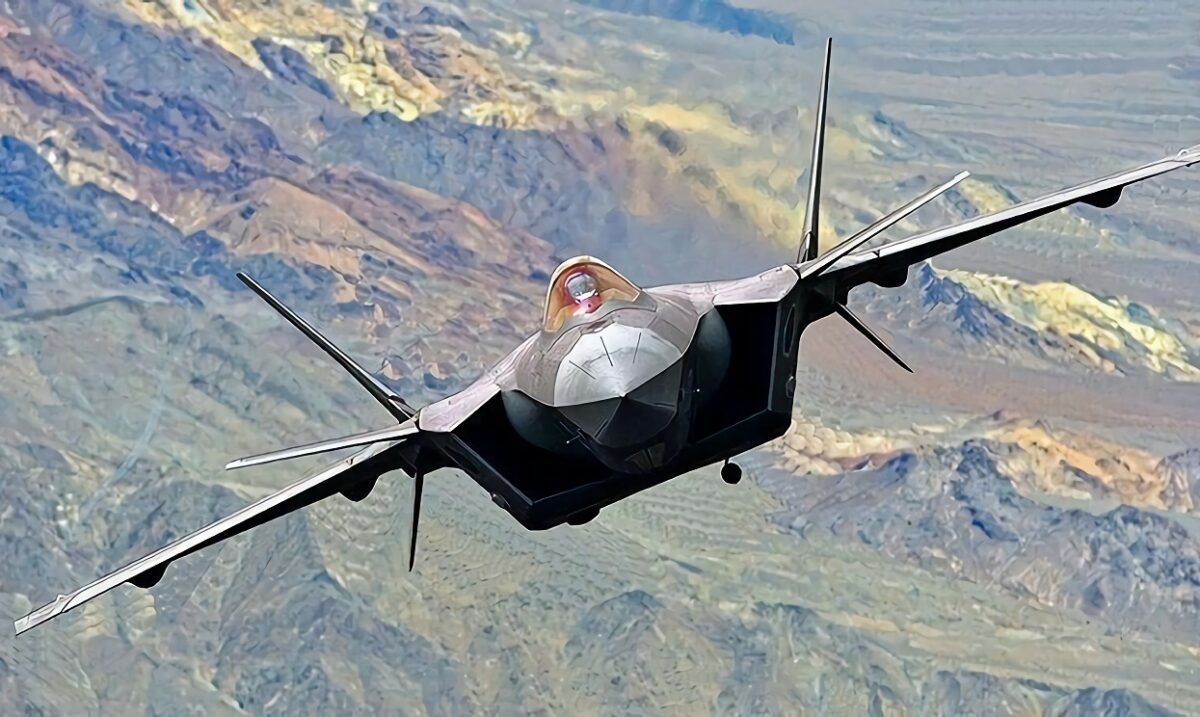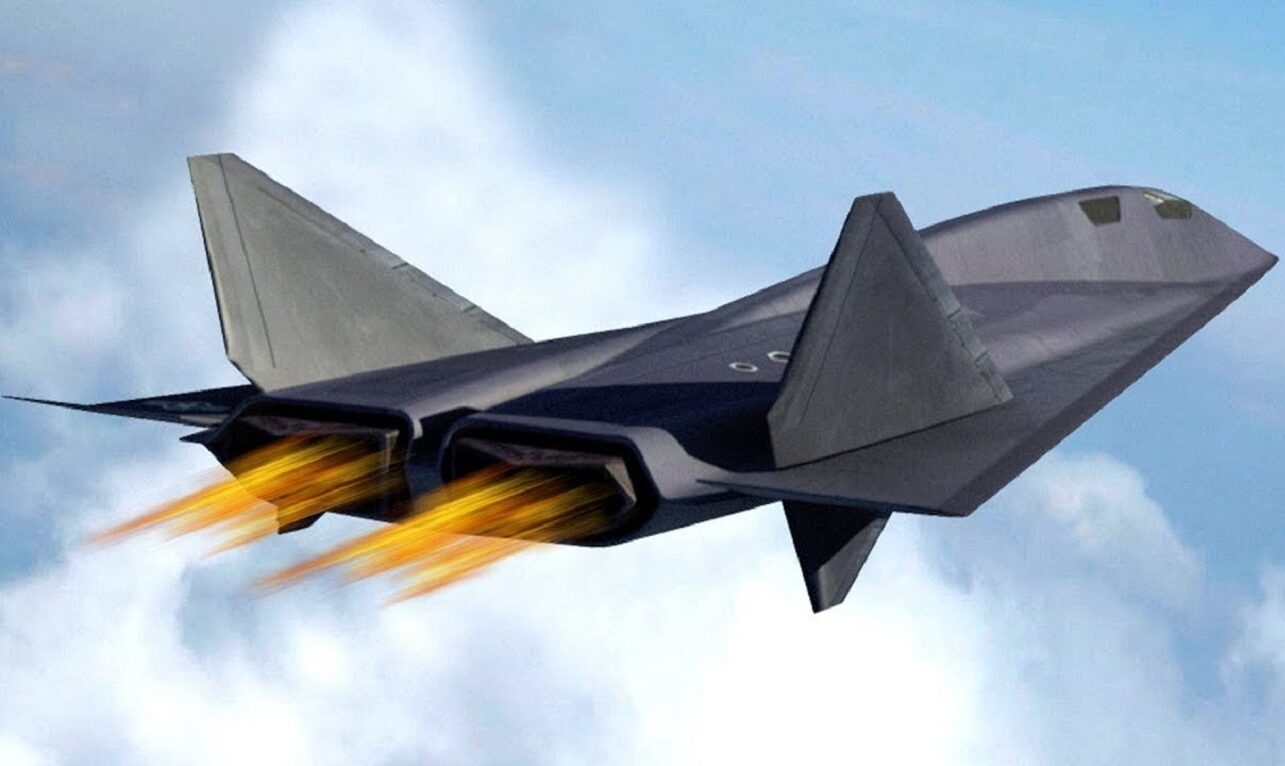The U.S. Air Force’s Next-generation Air Dominance (NGAD) fighter is getting closer to fruition, according to Secretary of the Air Force Frank Kendall. Kendall is never at a loss for words, and he often speaks at conferences with quips and quotes that can help us glean clues regarding future weapons systems. This time, in an address to an industry gathering, Kendall let it be known that the NGAD program is now in its design phase.
What’s Next for NGAD?
Kendall told journalists assembled on September 19 at the Air and Space Force Association’s annual conference in National Harbor, Maryland, that, “We are working on the actual design of the aircraft … so that means we are in the engineering and manufacturing development phase,” according to National Defense Magazine.
Getting Closer to the Next Milestone
The next step for the NGAD would be a professional design review, known as Milestone B, he said. Milestone B is the critical part of the engineering, manufacturing, and development phase or EMD. So, the NGAD is years away from serial building or initial operating capability, but designers likely have some concrete ideas on how it is going to look.
One NGAD Can Lead a Dominating Flight of Drones
The NGAD is slated to replace the F-22 as a sixth-generation fighter. It will be a family of systems that can allow the airplane to be a “quarterback in the air” to lead networked drones in the “loyal wingman” concept. This will allow NGAD to receive situational awareness and targeting data from up to five stealth unmanned systems flying in formation. The NGAD, using this configuration, can better penetrate enemy air space and launch its munitions or have the drones fly out ahead and fire theirs. The NGAD can also be integrated with F-35s to create a formidable squadron of aircraft.
Multi-role Mission
One robotic aircraft could carry electronic warfare equipment, one can be a decoy, and one could be full of stand-off missiles for ground strike. This is the force multiplier aspect of NGAD to burnish its credentials for full-time operational advantage. “The idea is to create multiple targets that an enemy can’t ignore,” Kendall said.
Kendall reminded the audience that the NGAD will not be ready until the end of the decade. But the future fighter will be able to gather new capabilities as aerospace technology such as artificial intelligence matures.
Nothing So Advanced Is Cheap These Days
This program will take a huge investment – close to hundreds of millions of dollars per airplane. Just in FY23, the Air Force wanted $1.3 billion for NGAD with $133 million dedicated to research and development, testing, and evaluation.
Will White House Strategy Include NGAD?
Kendall has said before that he has a sense of urgency about NGAD. Meanwhile, the White House is set to release its National Security Strategy any day now. It has been delayed to account for the war in Ukraine and China’s designs on Taiwan. It will be interesting to see if NGAD makes an appearance in the document. The National Security Strategy is supposed to drive acquisition and procurement, so many in Congress are watching for its introduction.

Image: Creative Commons.
At first I was skeptical about the NGAD. I thought the money plowed into this program could be better spent buying more F-35s and keeping the F-22 in the air. But I have since transitioned my thinking to be in favor of investing more research and development dollars into it. China is building more J-20 Mighty Dragon fighters with stealth characteristics, not to mention more carriers. The United States military needs to stay ahead and the NGAD project is one way to achieve an edge in aerial combat that can be more survivable in a conflict with China, especially as Beijing has more designs on Taiwan with a reunification effort that could result in a shooting war.
Expert Biography: Serving as 1945’s Defense and National Security Editor, Dr. Brent M. Eastwood is the author of Humans, Machines, and Data: Future Trends in Warfare. He is an Emerging Threats expert and former U.S. Army Infantry officer. You can follow him on Twitter @BMEastwood. He holds a Ph.D. in Political Science and Foreign Policy/ International Relations.

